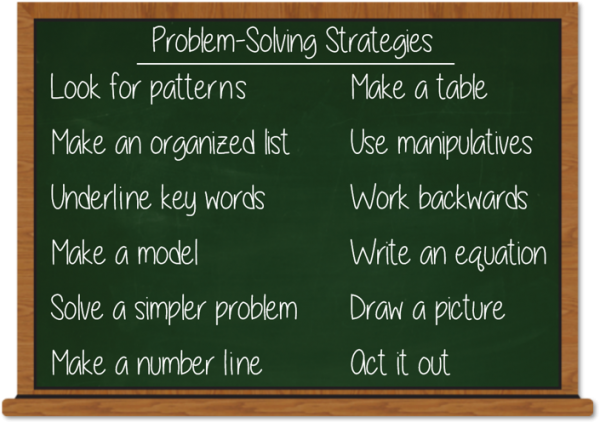Lesson Introduction
Choosing the Right Problem
Importance of Choosing the Right Problem
Watch the following video in which math professional development coordinator Mark Trushkowsky, of the City of University New York (CUNY) Adult Literacy/High School Equivalency (HSE) Program, facilitates a workshop of adult educators to demonstrate the importance of choosing the right math problem.
As you watch, think about how you can modify your curriculum so that your students learn how to be critical thinkers and problem solvers.
Problem-Solving Strategies
Students process information and approach problems differently. As you are working through the embedded math-in-CTE, and then the traditional math problems, discuss possible problem-solving strategies with your students and encourage them to try another strategy if one doesn’t seem to be working. This gets students out of the mindset that there is only one way to solve a math problem and will help them work through the related math problems on their own.
Giving students a "toolbox" of strategies helps them learn to persevere with a problem. Here are a few strategies you can share with your students. You may want to create a poster that you display in the class as a reminder.
It is important to get students comfortable using a variety of problem-solving strategies at the beginning of the school year, so they know how to use them as the need arises throughout the year. Being able to use and explain various strategies they used to solve the problems will allow students to effectively demonstrate their understanding of the math concepts and processes, which is one of the seven elements of an effective math-integrated lesson.
Watch the following video to learn more about using problem-solving strategies effectively in your classroom. As you watch, think about how you can encourage your students to try one or more of these strategies.
